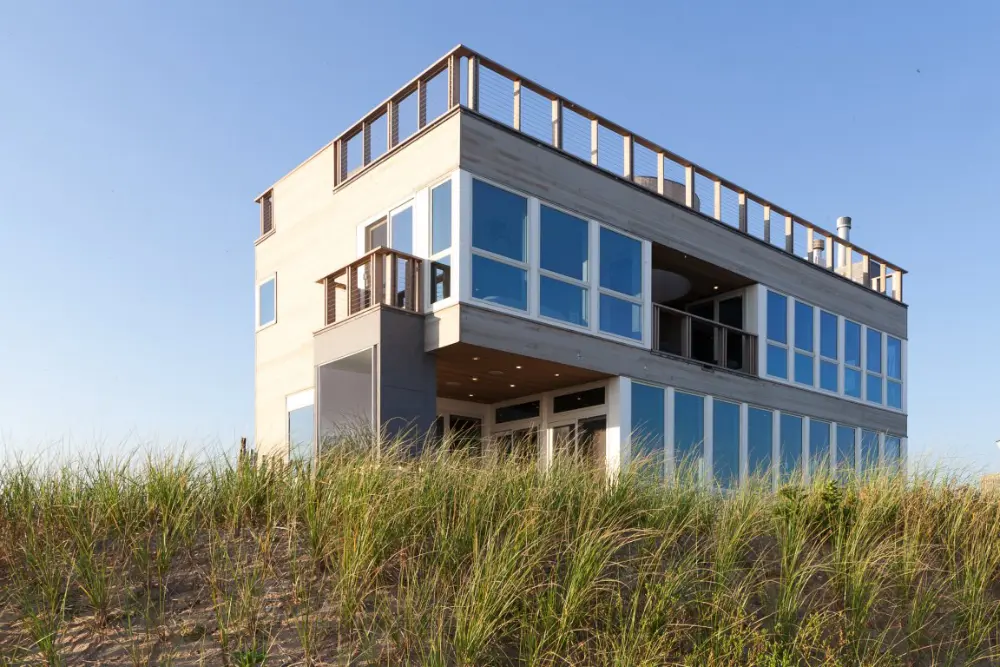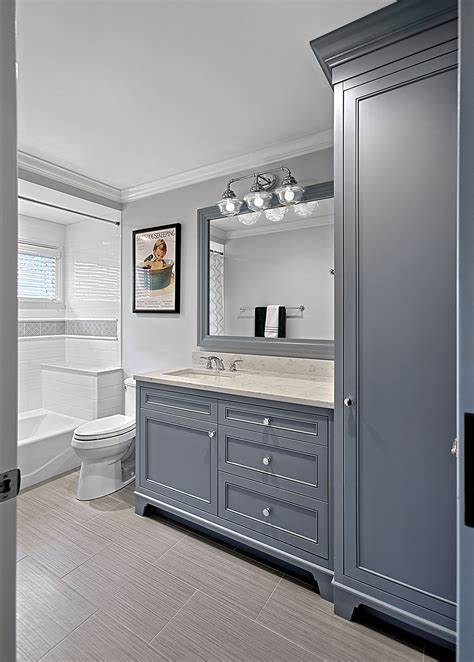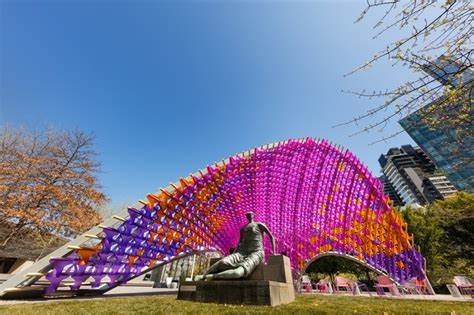In the realm of interior design, where styles often rise and fall like the tides, one aesthetic has stood the test of time: kitchen transitional interior design. This captivating style seamlessly marries the warmth of traditional design with the clean lines of contemporary aesthetics, resulting in a harmonious and inviting kitchen space. Let’s embark on a journey to uncover the unique features and elements that define this timeless design approach.
Contents
Bridging the Gap Between Old and New
At its core, kitchen transitional interior design is all about bridging the gap between the old and the new. It takes the best of both worlds and unites them in a way that feels cohesive and balanced. This style isn’t bound by rigid rules; instead, it allows for creativity and innovation to flourish. Traditional elements like ornate cabinetry, intricate molding, and classic color palettes are seamlessly integrated with modern touches such as sleek hardware, minimalist countertops, and a neutral color scheme.
The Palette of Possibilities
One of the standout characteristics of kitchen transitional interior design is its versatile color palette. Earthy tones like beige, taupe, and warm gray create a sense of comfort and timelessness, while pops of color can be introduced through accent pieces or backsplash tiles. The palette’s neutrality not only provides a soothing atmosphere but also acts as a canvas for personalization, allowing homeowners to infuse their unique style into the space.
Furnishing Flexibility
Furniture in a kitchen with transitional design echoes the style’s flexibility. Mixing and matching different pieces from various eras is encouraged, creating an eclectic yet cohesive look. For instance, a rustic wooden dining table might be paired with contemporary acrylic chairs, or a vintage-inspired pendant light could hang above a sleek kitchen island. The juxtaposition of these elements adds depth and visual interest to the overall design.
Striking the Balance
Balance is a key tenet of kitchen transitional interior design. Achieving equilibrium between traditional and modern elements can be challenging, but it’s this balance that gives the design its unique charm. A traditional kitchen hood might be paired with minimalist subway tiles, or a modern stainless steel appliance could find its place alongside classic shaker-style cabinets. This interplay of contrasts keeps the space fresh and engaging.
The Elegance in Details
Details are where the magic of transitional design truly shines. Delicate hardware, such as antique brass knobs or contemporary brushed nickel handles, can transform the look of cabinets. Crown molding adds a touch of sophistication, while intricate tile patterns can serve as captivating focal points. These small yet impactful details elevate the design and showcase the meticulous thought put into curating the space.
Embracing Natural Materials
Natural materials play a pivotal role in kitchen transitional interior design. Wood, stone, and metals harmonize effortlessly, contributing to the style’s warm and inviting ambiance. A butcher block countertop might rest atop sleek quartz surfaces, or a stone backsplash could complement a farmhouse sink. The tactile nature of these materials adds depth and authenticity to the space.
A Timeless Appeal
In a world where trends come and go, kitchen transitional interior design remains a constant. Its ability to evolve with changing times while preserving a sense of familiarity is what makes it truly timeless. This style accommodates the preferences of both traditionalists and modernists, offering a sanctuary where old and new coexist in perfect harmony.
Kitchen transitional interior design is a captivating journey into the fusion of tradition and modernity. With its carefully curated balance, versatile palette, and attention to detail, it creates a space that’s not only visually appealing but also emotionally resonant. As design trends continue to evolve, this style stands strong as a testament to the enduring power of design that transcends eras.






















